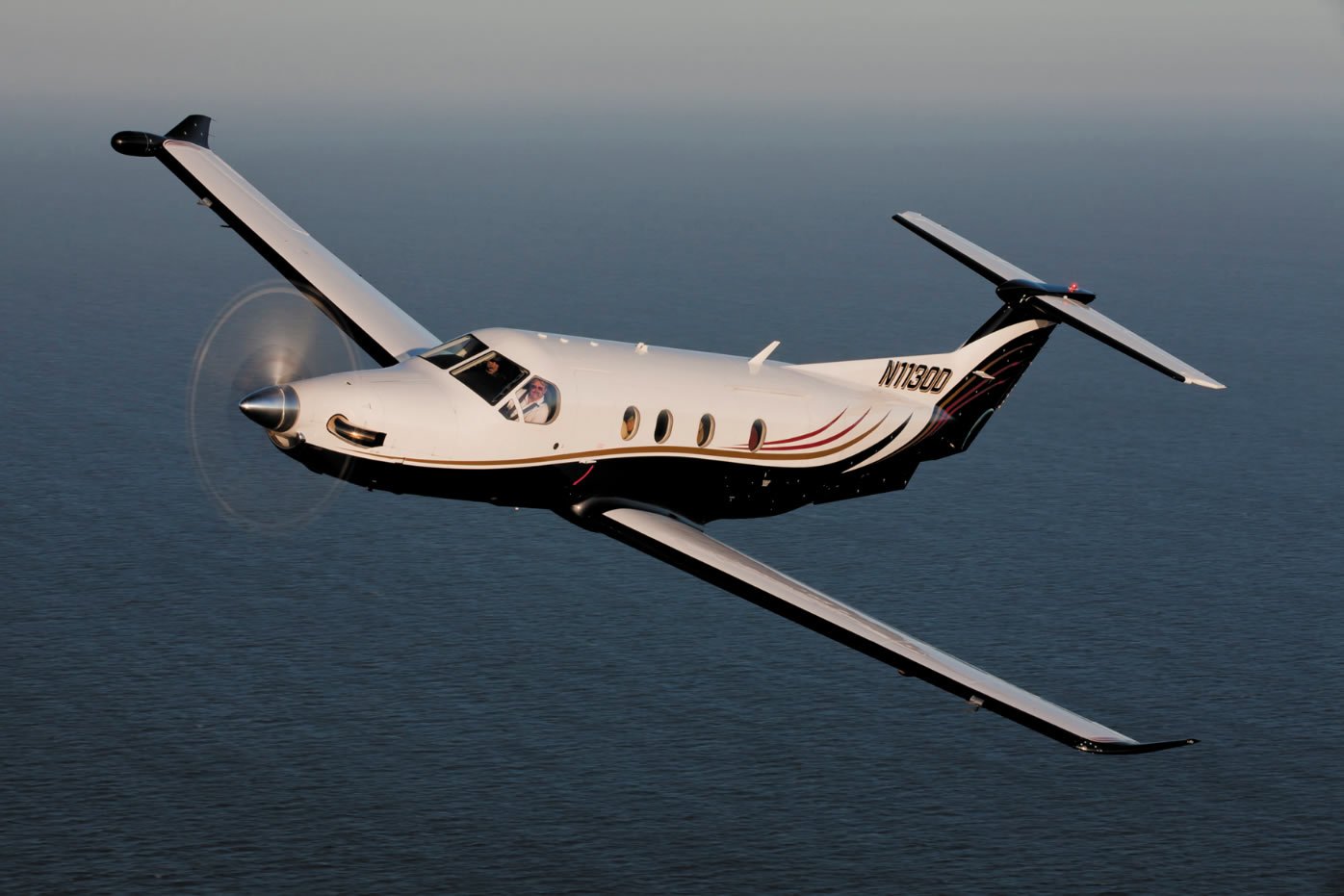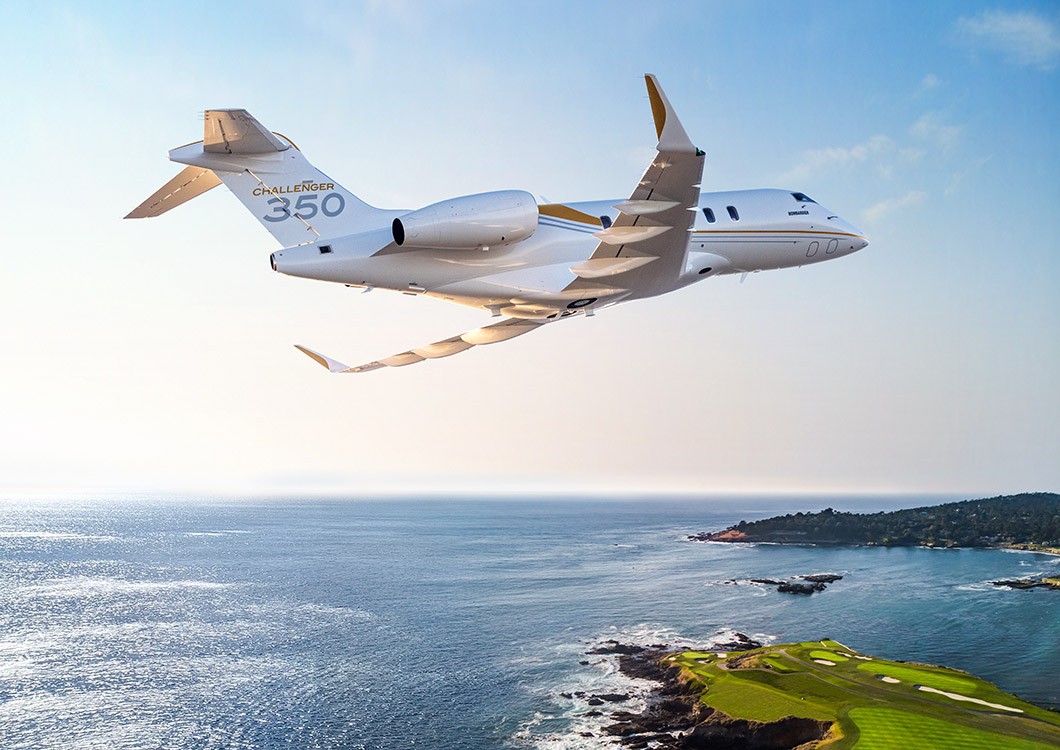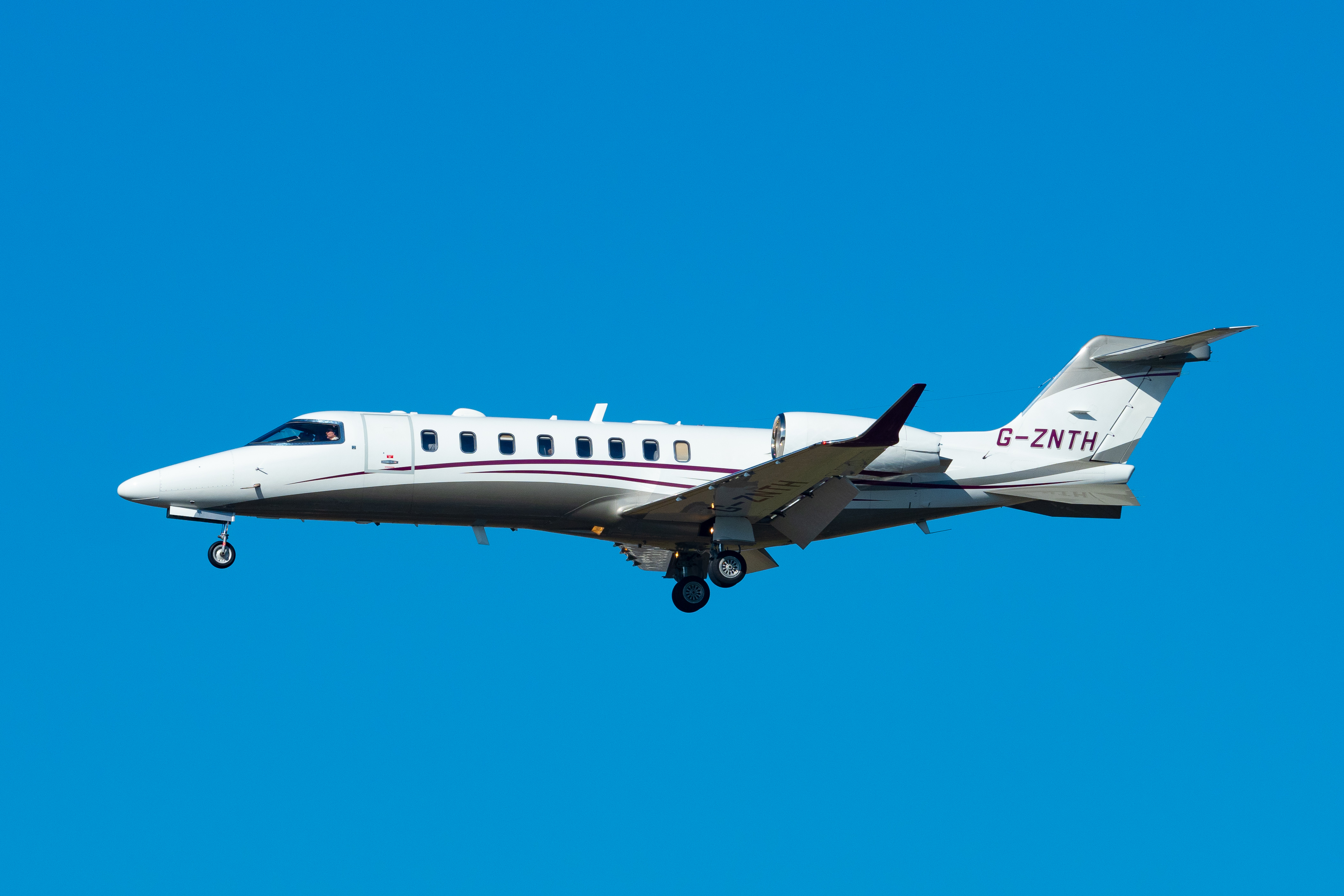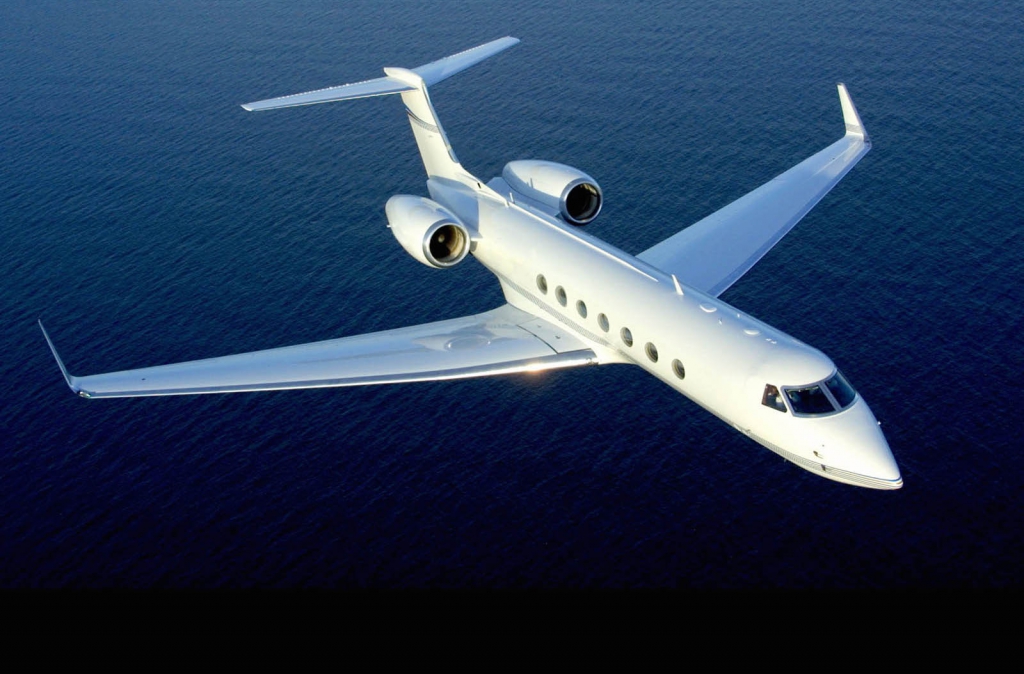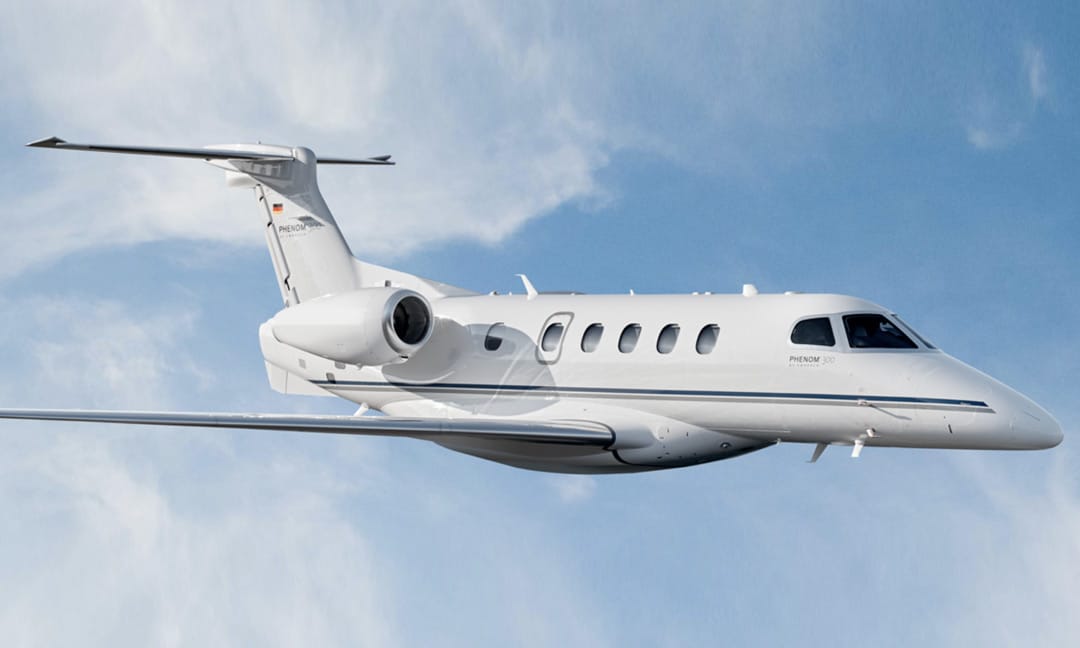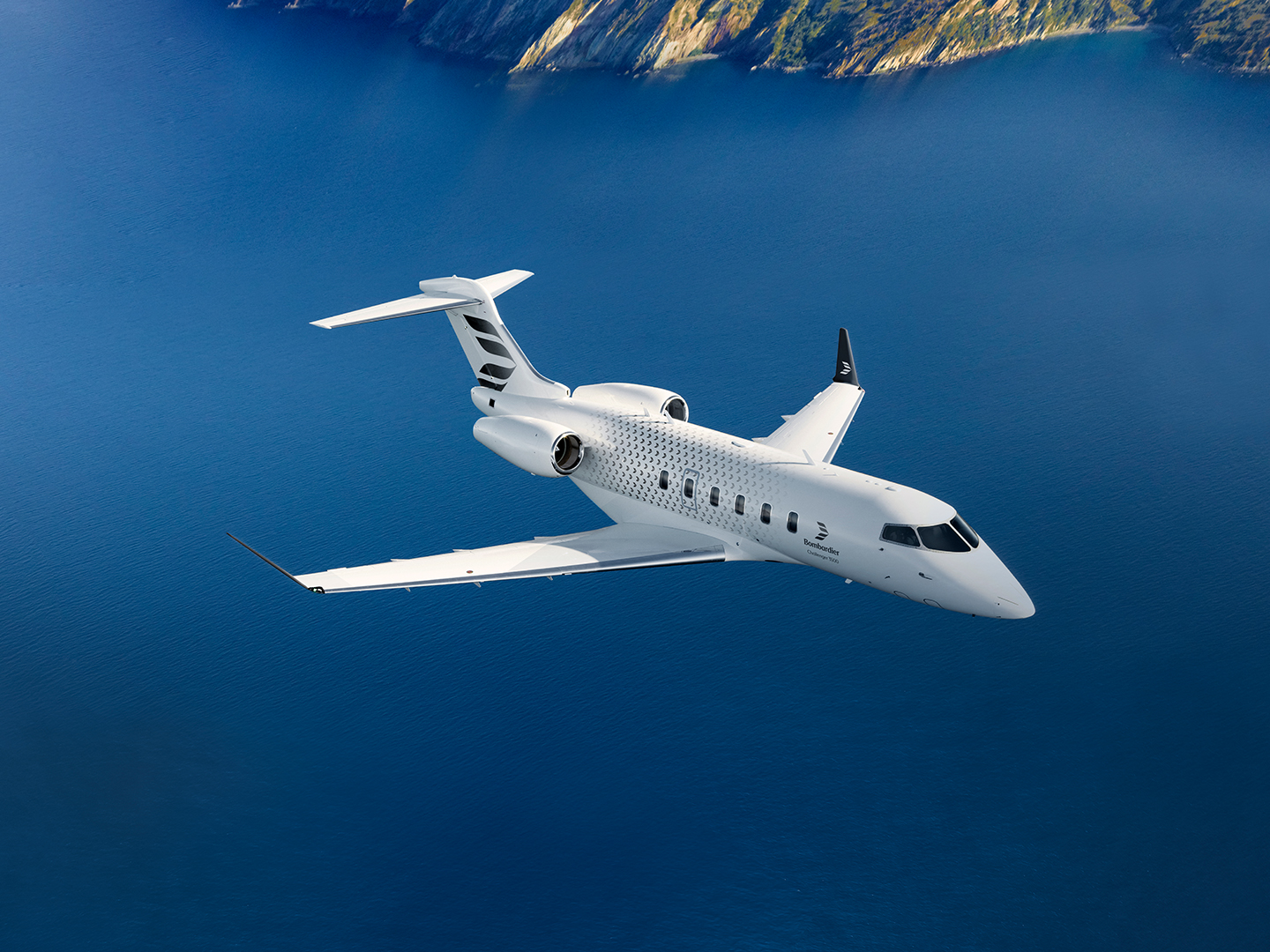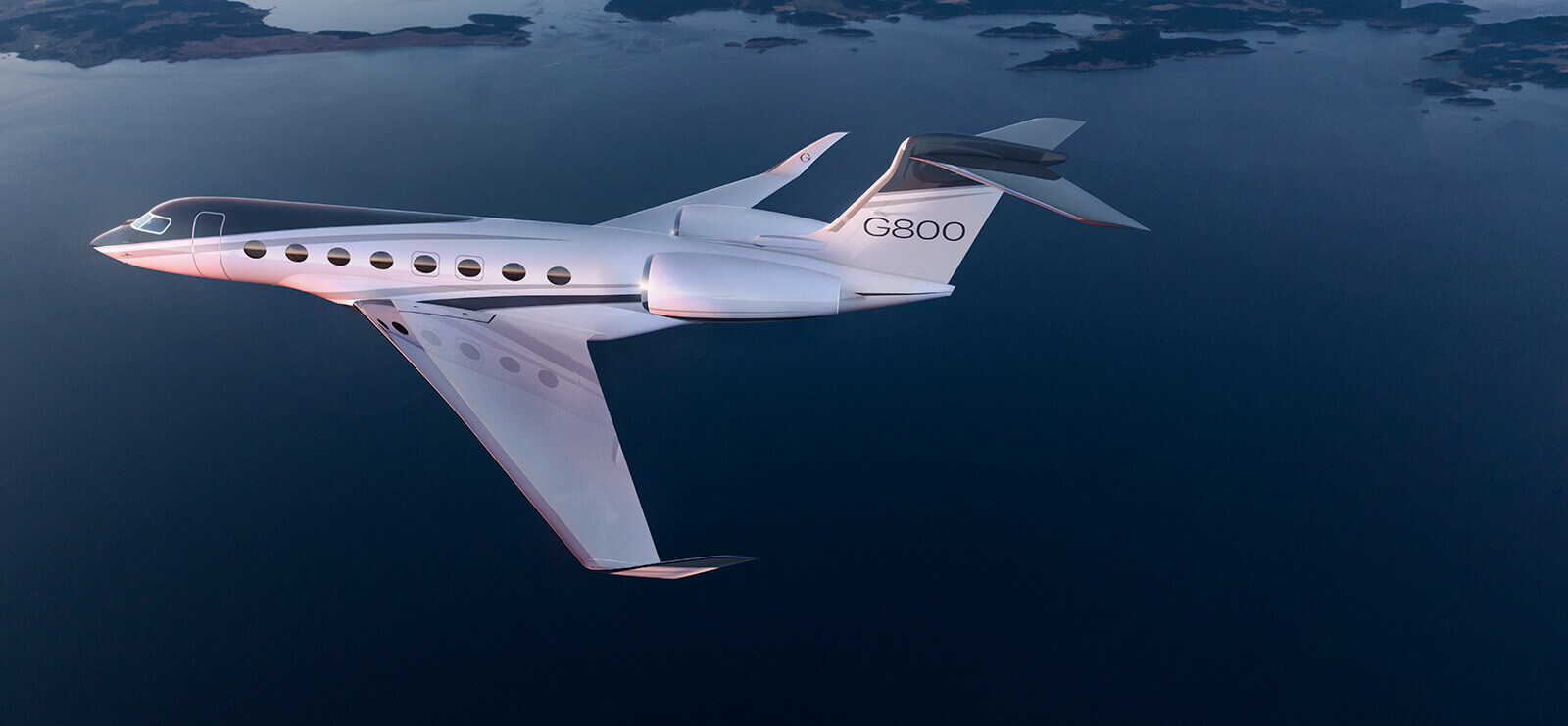The Learjet 31: A Business Aviation Legend
7 min read
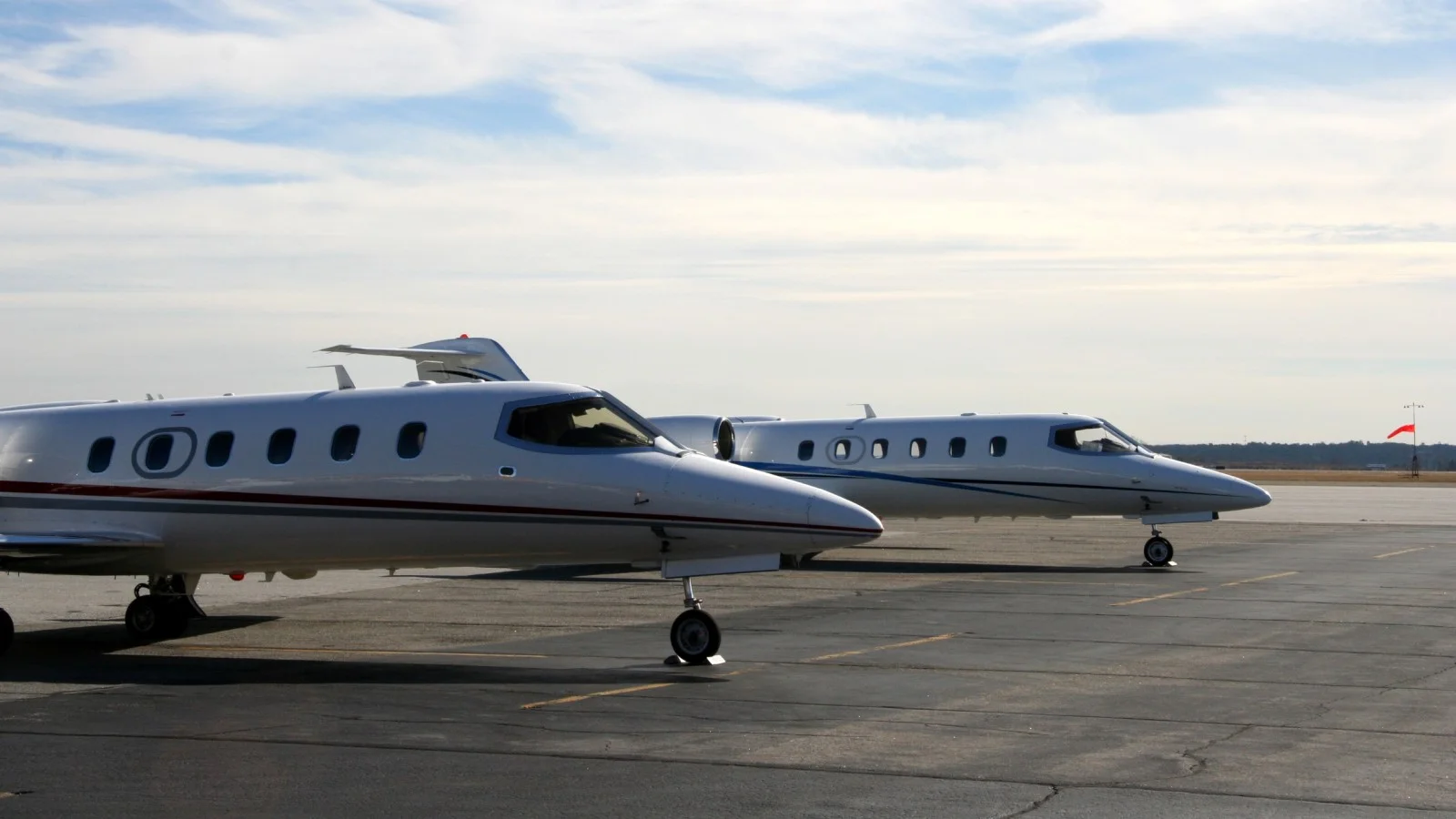
When you think about jets that defined the late 1980s business aviation scene, the Learjet 31 has to be near the top of that list. This wasn't just another aircraft rolling off the production line; it was Learjet's answer to what executive transport should really look like.
And here's what's remarkable: even today, decades after the last one rolled off the line, these jets are still out there doing what they do best. Private operators continue to rely on them, and for good reason. When you need to get somewhere fast, when you need that combination of efficiency and capability that defined the best of 1980s engineering, the Learjet 31 remains a compelling choice.
It's funny how some aircraft just seem to get everything right from the start, isn't it?
History and Development
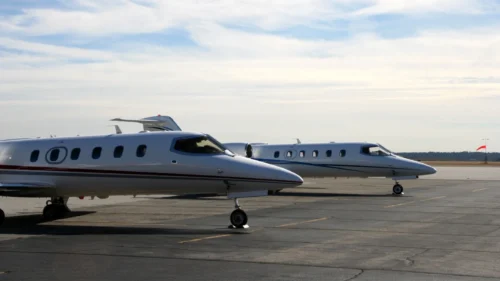
September 1987 marked the official introduction of the Learjet 31, but the real story begins with what Learjet's engineers were thinking when they sat down to design this thing. They weren't starting from scratch; instead, they took the best pieces from across the Learjet family and assembled them into something that was somehow greater than the sum of its parts.
The approach was actually pretty brilliant when you think about it. Take the proven fuselage from the Learjet 35/36 series, pair it with those reliable Honeywell TFE731-2 engines that everyone already trusted, and then, here's the clever bit, bolt on the "Longhorn" wing design from the 28/29 and 55 series.
What you ended up with was an aircraft that could deliver improved range and efficiency while maintaining every bit of that legendary Learjet speed that had made the brand famous.
But before any production model saw the light of day, Learjet had to prove the concept worked. They took a Learjet 35A, modified it to serve as an aerodynamic prototype, and sent it up on that historic May 11, 1987, flight. The pilot reports from that day must have been pretty encouraging, because the FAA certification process followed almost immediately.
By 1988, the 31 had its official blessing from the FAA. October of that same year saw the first production model enter service, and suddenly, the business aviation landscape had a new player that was turning heads at airports from coast to coast.
Design and Features
The moment you lay eyes on a Learjet 31, you know you're looking at something that was designed with purpose. That low-wing monoplane configuration helps you get the most performance out of every square inch of aircraft. And then there's that distinctive T-tail arrangement that gives the 31 its unmistakable profile.
But here's where Learjet's engineers really showed their cleverness: those "Delta-Fins" mounted on the tailcone. Most people walk right past them without a second glance, but they're doing serious work back there. Enhanced directional stability was the goal, and these little additions were so effective that Learjet could eliminate the stick-pusher stall avoidance system entirely. Sometimes the most elegant solutions are the ones you barely notice.
The winglets tell their own story about the evolution of aerodynamic thinking in the 1980s. Fuel efficiency wasn't just a nice-to-have anymore at the time. It was becoming essential, and those winglets delivered exactly what operators needed without compromising the speed that made Learjets famous in the first place.
Step inside, and you're greeted by a pressurized cabin that can handle up to eight passengers plus your two-person crew. Now, let's be honest here, this isn't a wide-body airliner we're talking about. The space is compact, efficiently used, but compact nonetheless.
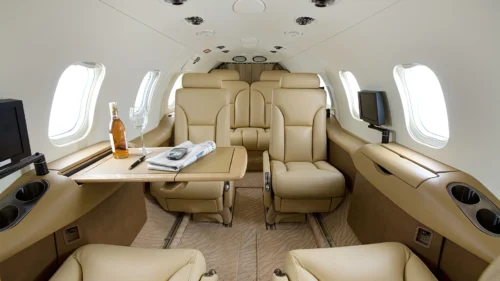
The external "Ski-Locker" provides 40 cubic feet of baggage space, which sounds more generous than it actually feels when trying to pack for a week-long business trip.
The base model didn't come with a standard galley, which tells you something about Learjet's priorities. This was an aircraft built for speed and efficiency, not for serving five-course meals at 41,000 feet.
As the years progressed, though, the creature comforts improved significantly. Later variants brought electrically heated windshields, a godsend for operations in challenging weather. The Steer-by-Wire nose gear system was one of those upgrades that pilots immediately appreciated, even if passengers never knew it was there.
The real transformation happened in the cockpit, where avionics evolved at a pace that would make your head spin. Those Bendix/King EFIS 50 displays (Honeywell acquired them later) were a big leap from the analog gauges that pilots had grown up with. Dual autopilots became standard because redundancy matters when you're responsible for eight souls at 500+ mph.

The post-2000 models brought N1 digital electronic engine controls, DEEC systems that managed engine operations with a precision that human pilots simply couldn't match.
And then there were the thrust reversers on the 31A. Standard equipment for better short-field performance, they turned an already impressive aircraft into something that could operate from strips that left competing jets on the ground. Sometimes it's the practical touches that make all the difference.
Performance
Here's where the Learjet 31 really shows its teeth. The two Honeywell TFE731-2 turbofan engines, each one pushing out 3,500 pounds of thrust, were some of the finest powerplant engineering of their era.
The numbers tell a compelling story, but let’s put them in perspective for you. It has a max speed of Mach 0.81, which is fast enough to make scheduled airline connections look leisurely. But here's the thing about the 31: it's not just about that top-end speed. High-speed cruise comes in at 451 knots.
Range is where things get interesting, and honestly, where you start to see the trade-offs that come with this level of performance. With four passengers and standard fuel, you're looking at 1,631 nautical miles of reach. That'll get you from New York to Denver with room to spare, or Los Angeles to Seattle without breaking a sweat. The 31A/ER pushed that envelope even further, giving operators 1,911 nautical miles, meaning Miami to Chicago was suddenly a non-stop proposition.
The short-field capabilities are where this aircraft really separates itself from the pack, though. Takeoff distance of approximately 3,500 feet at sea level means you're not limited to major hub airports with mile-long runways. Landing distance comes in around 2,500 feet, especially with those thrust reversers doing their job.
Operating Costs
Let's talk about the reality of owning and operating one of these jets, because the purchase price is just the beginning of the story. The Learjet 31 sits in that sweet spot where serious performance meets relatively reasonable operating economics, though "reasonable" is definitely a relative term when we're talking about turbine aircraft.
Direct operating costs typically run between $2,200 and $2,500 per flight hour. That covers fuel, maintenance, engine reserves, all the variable expenses that pile up every time you fire up those TFE731s. Recent analysis puts the 31A right around $2,300 per hour, while the extended-range 31A/ER bumps that up to about $2,400.
But here's where the real math gets interesting, or painful, depending on how you look at it. Annual budgets start climbing fast when you factor in all the fixed costs, including crew salaries, hangar fees, insurance, and recurrent training. For 200 hours of flying per year, you're looking at total costs of around $866,000 to $867,000. Double that utilization to 400 hours, and you're pushing $1.4 million annually.
Pre-owned values as of 2025 range from $600,000 to $1.2 million, which actually helps the ownership economics somewhat. You're not taking the depreciation hit of a new aircraft, but you are dealing with the maintenance realities of an airframe that's been around the block a few times.
Strengths
Speed defines this aircraft more than anything else. That Mach 0.81 cruise capability puts the Learjet 31 at the top of the light jet performance charts. When time matters more than comfort, few aircraft can match what this jet delivers.
Pilots love this aircraft for good reason. The handling is crisp and responsive; combined with those short-field capabilities, you can access airports that leave larger jets on the ground.
Range efficiency for its class is solid, too, especially when you consider the fuel burn relative to the performance you're getting.
Weaknesses
Let's be honest about the cabin, it's tight. That 268 cubic feet of space accommodates eight passengers on paper, but longer flights can feel pretty cramped. The 40 cubic feet of external baggage space sounds adequate until you're actually trying to pack for a business trip.
Age is becoming a factor now. We're talking about 1980s design philosophy here, with production ending back in 2003. Older avionics need updates for modern compliance, and parts availability can drive maintenance costs higher than you'd like.
Final Thoughts
The Learjet 31 represents everything that made the Learjet brand famous: blistering speed, impressive altitude performance, and that unmistakable "hot rod" character that pilots can't resist. It delivers big jet capabilities in a compact package, which explains why it's still popular with operators who value speed above all else.
But it's definitely a short-haul specialist. The compact cabin and range limitations make it better suited for quick regional trips rather than cross-country journeys where comfort becomes a bigger factor.
For prospective owners in 2025, budget for avionics upgrades to keep it compliant with current regulations. The good news is that pre-owned values make entry more accessible than it used to be, and the aircraft has a proven track record that charter companies and medevac services still rely on.
